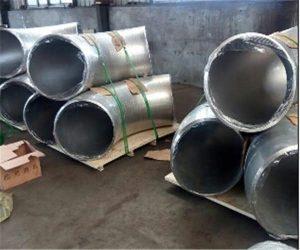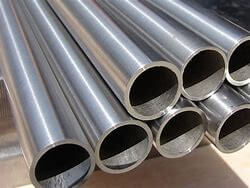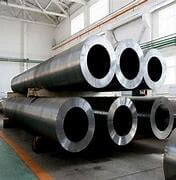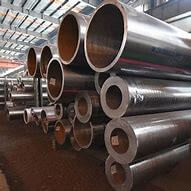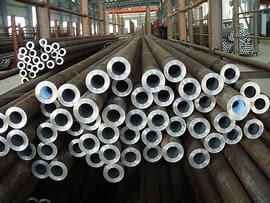The wall thickness of type B fittings is greater than that of type A fittings.
The exact thickness of the wall of each fitting depends on the outside diameter of the pipe and the specified wall thickness of the pipe to which the fitting is to be welded.
For type A fittings, the wall thickness is determined by the specified wall thickness of the pipe and the outside diameter of the pipe. The wall thickness of the fitting is the same as the specified wall thickness of the pipe to which the fitting is to be welded.
For type B fittings, the wall thickness is greater than the wall thickness of type A fittings. The exact thickness of the wall of type B fittings is determined by a formula that takes into account the specified wall thickness of the pipe, the outside diameter of the pipe, and the pressure rating of the fitting. The formula is provided in the standard and is used to calculate the minimum required wall thickness for type B fittings.
In general, type B fittings have a thicker wall than type A fittings, which makes them suitable for higher pressure applications. The increased wall thickness of type B fittings also provides greater strength and durability, which makes them more suitable for use in demanding applications.
The formula used to calculate the minimum required wall thickness for type B fittings in EN 10253-2 is as follows:
t = (P x D) / (2 x (S x e + P))
where:
t = minimum required wall thickness of the fitting
P = maximum allowable operating pressure, in bar
D = outside diameter of the pipe, in mm
S = stress value of the fitting material at the design temperature, in N/mm²
e = coefficient from table 4 of the standard, which takes into account the manufacturing process and the degree of deformation of the fitting
The stress value (S) of the fitting material at the design temperature is determined based on the chemical composition and mechanical properties of the material, as specified in the standard.
The coefficient (e) from table 4 of the standard is used to take into account the manufacturing process and the degree of deformation of the fitting. The coefficient varies depending on the type of fitting and the production method used.
The formula is used to calculate the minimum required wall thickness for type B fittings, which have a thicker wall than type A fittings and are suitable for higher pressure applications. The formula ensures that the fittings have sufficient strength and durability to withstand the higher pressures and stresses associated with these applications.
